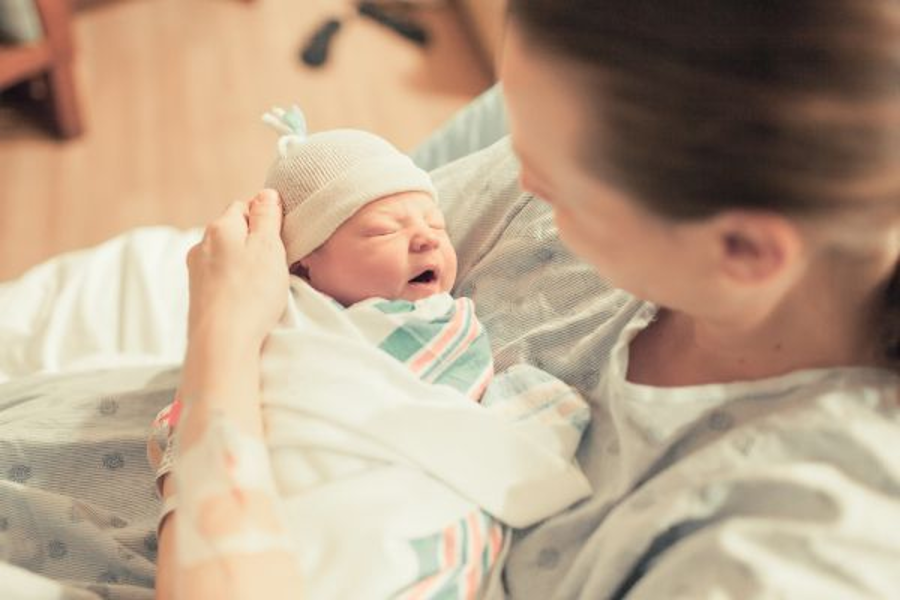Even without the presence of medical negligence, pregnancy and childbirth involve countless risks and potentially negative results, even in 2019. Pregnancies and their corresponding deliveries do not always follow the plans of parents and physicians. The unexpected often occurs.
The presence of complications, whether foreseen or unforeseen, doesn’t necessarily mean that an incident of medical negligence occurred. However, when the physician’s actions cause some harm to the mother and/or child, such actions being a deviation from or breach of the accepted standard of care, medical malpractice may have occurred.
The following are examples of results that may constitute medical malpractice claims:
- Anesthesia administered negligently during labor or a Caesarean section;
- Surgery performed negligently during a Caesarean section;
- Excessive vaginal bleeding;
- Gestational diabetes of the mother;
- Hemorrhage of the mother during pregnancy or labor;
- Excessively long labor;
- Placental irregularities such as placenta previa or placental abruption;
- Premature babies;
- Shoulder dystocia or other nerve injuries of the baby during labor; and
- Preeclampsia.
Symptoms of a birth injury caused by medical negligence may not be immediately apparent. Symptoms of a birth injury appearing later in life may include the following:
- Failure to reach developmental thresholds, such as crawling, standing, or walking;
- Lack of development of muscle or neurological coordination; and
- The manifestation of learning disabilities.
Sadly, complications can occur when a child is born. Except for the death of a child, a birth injury to a child may be the most devastating experience of a parent’s lifetime. Birth injuries may occur during pregnancy, labor, and delivery, or shortly after birth. What may be more devastating is that many birth injuries are preventable and are caused by negligent medical treatment.

